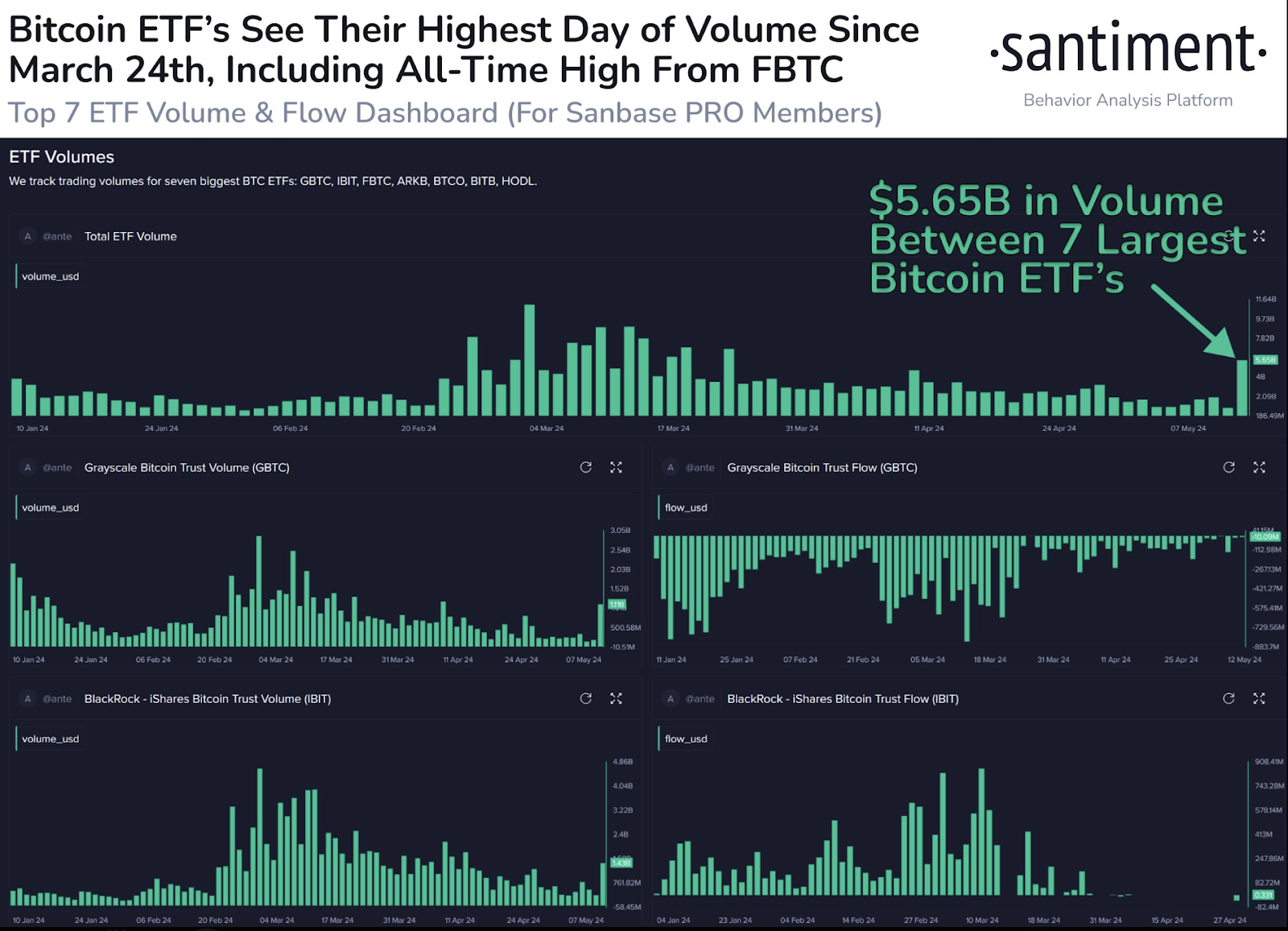A new quarterly 13F report has revealed that the world’s largest companies are investing considerable sums in Bitcoin ETFs. What does this mean for the crypto industry?
A few hundred U.S. firms have filed Form 13F with the Securities and Exchange Commission (SEC). Of particular interest to the crypto market is that many institutional investors own shares of spot Bitcoin ETFs.
How Form 13F works
13Fs are quarterly reports filed with the SEC by institutional investment managers with at least $100 million under management. 13Fs provide insight into stock ownership at the end of each quarter.
One requirement of the U.S. regulator is a periodic report of financial transactions and positions. Large investment companies, such as funds, managers, trust companies, and other firms, must provide this report.
This is done to control the transparency of the market — large capital with large volumes of transactions can shift quotes in the desired direction. If the SEC sees collusion or an attempt to manipulate quotes artificially, proceedings will follow.
The report contains the following data:
- List of securities owned by the fund. Issuer names are arranged in alphabetical order;
- Paper grade. For example, ordinary or preferred shares, put/call options, etc;
- Number of securities owned;
- Market value at the end of the calendar quarter.
However, the main disadvantage of this form is the reliability of the information. The investor submits information once a quarter, reflecting the portfolio structure at the end of the reporting period.
Short-term transactions carried out within the quarter are separate from the form. In addition, no one guarantees that the report is completed correctly, so the SEC is unable to verify its details.
What’s interesting about 13F for the crypto industry?
The approval of spot Bitcoin ETFs in January opened up new investment opportunities in “digital gold.” Investors can monitor its price movement without having BTC itself in their hands.
Instead of dealing with crypto exchanges and wallets on their own, an investor can buy Bitcoin ETF shares through regular accounts. The Bitcoin spot ETF has served to broaden Bitcoin’s acceptance and increase its liquidity. This hypothesis is clearly confirmed in the latest 13F report.
Overall, 13F filings confirmed investments by 937 large corporate investors in Bitcoin ETFs. Gold exchange-traded funds were much less popular: 95 companies were associated with the precious metal as of March 31.
“Retail owns a majority of the float. Professional investors held exposure of $11.06bn by the end of Q1, representing 18.7% of the BTC ETF AUM.”
Vetle Lunde, Senior Analyst at K33 Research
Millennium is the largest holder of Bitcoin ETF shares, with $1.9 billion on the hedge fund’s balance sheet. Based on the first quarter of 2024 results, the State of Wisconsin Investment Board (SWIB) invested $162.7 million in securities of exchange-traded funds.
Morgan Stanley owns $269.9 million shares in Grayscale‘s GBTC exchange-traded fund. Thus, the bank ranks third among institutions regarding the volume of these securities on its balance sheet.
In addition, the financial giant acquired $2.3 million worth of shares of the ARKB fund from ARK Invest. The bank is among the top 20 ARKB holders among institutions.
JPMorgan Chase turned out to own five spot Bitcoin ETFs. The banking giant has invested in the iShares Bitcoin Trust, Grayscale Bitcoin Trust, ProShares Bitcoin Strategy ETF, Fidelity Wise Origin Bitcoin Fund, and Bitwise Bitcoin ETF, for a total of $760,000 in Bitcoin ETFs.
Is Bitcoin the future asset for institutional investors?
Only long positions in U.S. stocks and stock options must be disclosed in 13F filings. Accordingly, the documents do not require disclosure of information about short positions, that is, shorting a particular asset, which means they provide only a partial picture of the selected giant’s overall strategy.
Moreover, even a private view of companies’ investments sheds light on their interest in a particular product. The fact that almost ten times more companies are interested in spot Bitcoin ETFs compared to gold suggests that the time has come for a new Bitcoin era.
Green road for the crypto market
Institutions invested $3.5 billion in Bitcoin ETFs, accounting for 29% of the total capital inflow. Investments by the world’s largest companies in Bitcoin ETFs are the industry’s primary positive this year. Still, such actions signal BTC’s transformation into a recognized asset class in demand among top investors.
Bitcoin’s rise coincided with an increase in money in spot ETFs and the release of the 13F report. Analytics platform Santiment recorded a total volume of $5.65 billion on May 16, the best figure since March 24. Analysts keenly note that the days when whales were exclusively hoarders have sunk into oblivion.

Bloomberg senior analyst Eric Balchunas also notes the success of the BlackRock IBIT fund in one of the most critical metrics for exchange-traded funds.
In the first quarter, 414 institutional investors invested in BlackRock’s IBIT alone, while Balchunas traditionally calls 20 such holders a good indicator for the fund’s first quarter.
What’s next?
The publication of the 13F report provoked a short-term increase in the rate of the first cryptocurrency last week. However, the overall trend in the long term also looks positive — institutional interest in Bitcoin products is apparent, which means there is a chance for further capital growth in the Bitcoin ETF sector.




